How To Find the Best Font for a Cover Letter This Year
Choosing your cover letter font is an important part of making sure your cover letter looks its best and helps you find a job. Which cover letter font is best?
Choosing your cover letter font is an important part of making sure your cover letter looks its best and helps you find a job. Which cover letter font is best?
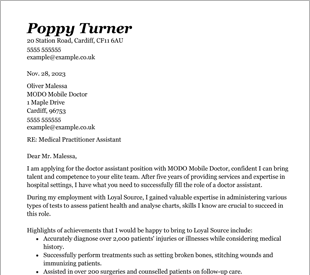
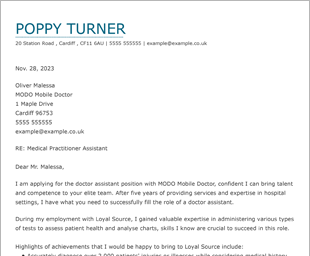
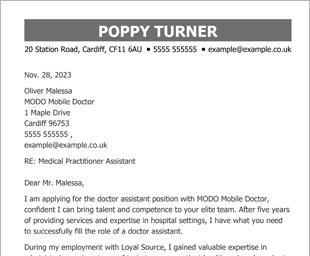
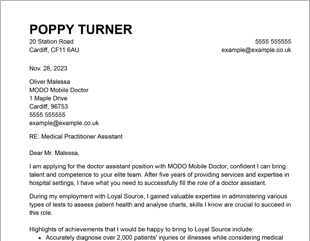
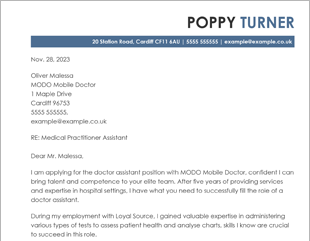
OUR USERS HAVE BEEN HIRED BY
When you’re fighting for the best roles in your field, every aspect of your job application matters. This is why you need the best CV and cover letter possible. Recruiters pay attention to the smallest details, right down to the margins, your font choice, and the size of the font you use. Microsoft Word may have a wide range of fun fonts to choose from, but not all of them are right for a cover letter or CV. Here’s what you need to know about choosing the best cover letter fonts.
There are a number of things you should consider when it comes to picking a cover letter font. Some are very obvious and straightforward, but there are some unusual factors many job seekers don’t know about:
A good cover letter font should be easy to read. The letters must be clear and distinct from each other, even at smaller sizes, to ensure that ATS systems can scan them and hiring managers can read them even if they have minor visual impairments.
While there are many fun fonts available via word processors like MS Word, you should avoid cursive or gimmick fonts, as they are seen as unprofessional. Simplicity is crucial when choosing the right font for your job application.
Some fonts will be unique to the word processor you use to create your cover letter. This is especially true of custom fonts. You should avoid these fonts even if they are professional and clear because they may render your cover letter unreadable when opened in a different word processor. Most of the common Microsoft Word fonts will translate well to other word processors, but this is also one of the programs potential employers are most likely to use.
Just because you have to choose a professional, legible font for your cover letter doesn’t mean you can’t let your persona show through. There are many font types available that allow you to show a little of your personality.
If you want to be extra safe about the first impression that you make, there are certain fonts that you can rely on being acceptable in a cover letter. Here is a list of different fonts that are ideal for a cover letter or resume (with examples):
Each of these is a great font for a cover letter, but some are a little different from the standard font (Calibri) which make them a good way to distinguish your cover letter from others. Remember that your resume font should match your cover letter in both style and size to ensure that your job application is cohesive.
You should avoid gimmick fonts, cursive fonts and any that are excessively hard to read, as these can make it hard for hiring managers and applicant tracking systems to scan your cover letter. You should also avoid fonts that have fallen out of favor. Comic sans is a good example of this.
Keep your font formatting simple and legible. Your font size should remain around 10-12, but you can use bold, italics and bullet points to draw attention.
Serif fonts are considered more modern, while sans serif fonts generally look more distinguished and professional. You can choose whichever suits your needs best, but ensure that the font style in your cover letter and resume match.
We personalize your experience.
We use cookies in our website to ensure we give you the best experience, get to know our users and deliver better marketing. For this purpose, we may share the information collected with third parties. By clicking “Allow cookies” you give us your consent to use all cookies. If you prefer to manage your cookies click on the “Manage cookies” link below.